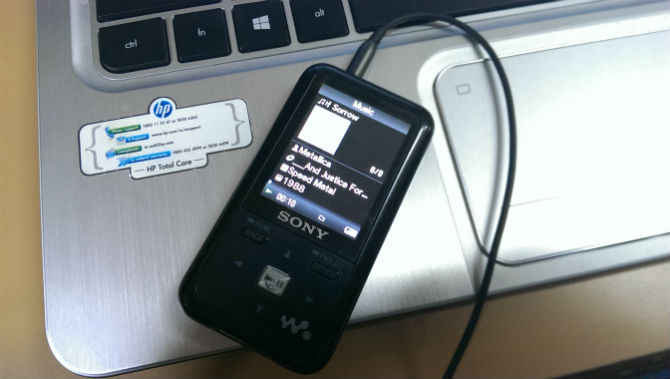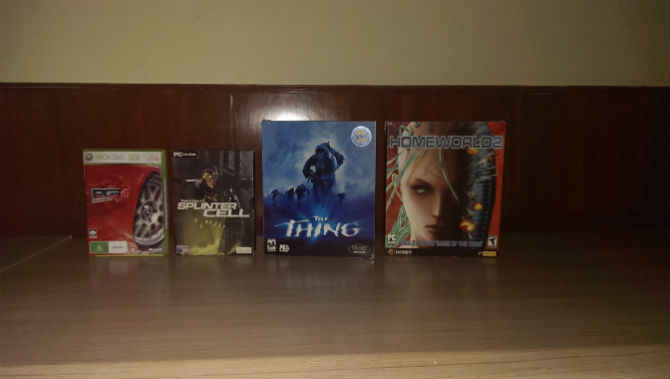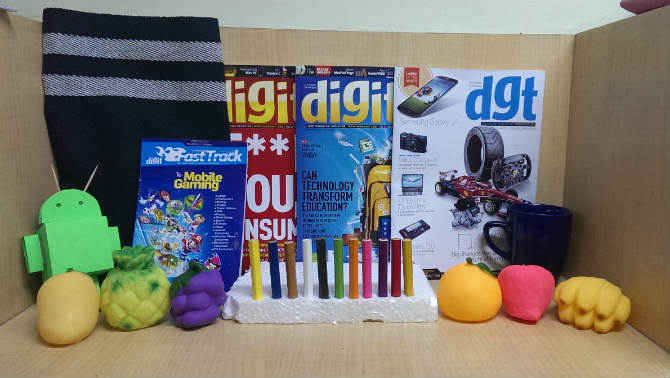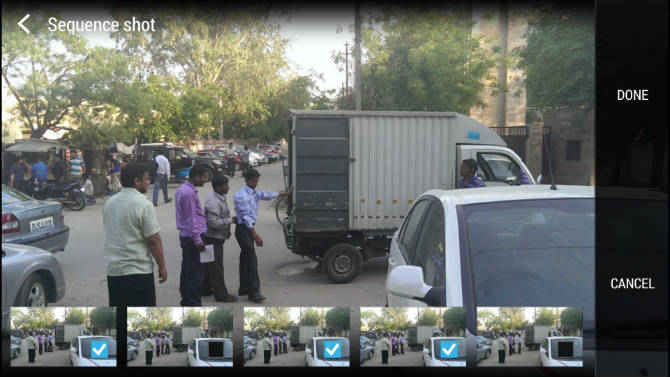The HTC One is a fantastic high-end smartphone that almost manages to do everything very well. The two places it falters is in terms of camera performance and limited customization options within the interface. For Rs. 42,900, we would advise you to wait until the Samsung Galaxy S4 becomes widely available.
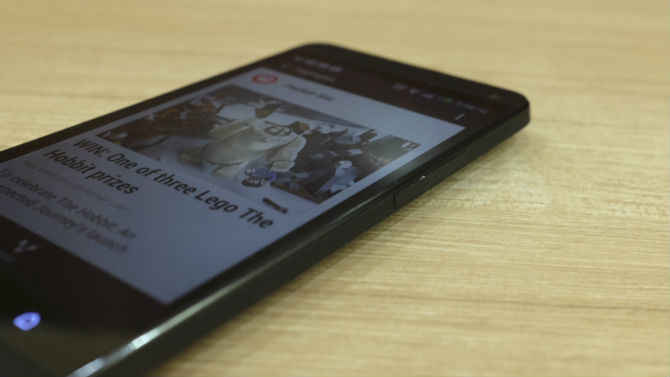
Good looks amount to nothing, if the phone isn’t well-built (a complaint many have directed at Samsung) and fortunately, the HTC One doesn’t have to deal with that issue. The One’s body is all glass and aluminium and solid enough to not have me worried. The fascinating thing is how light the One actually feels. The HTC One is a big phone, but it’s also very light. At 143 grams in weight and 9.3 mm in thickness, the One may not be as light or slim as either the iPhone 5 or the Galaxy S4, but its weight or thickness never pops up as an issue.
The Nexus 4, the HTC One and the iPhone 5 (L to R)
The HTC One also has a very balanced display that manages to be sharp and colourful without looking over-saturated. The display is very good at displaying text and it was great to browse the Web and read e-books. Videos also looked crystal clear and colourful on the display with even poorly lit scenes looking sharp. Outdoor visibility required me to tweak the brightness settings a bit, but at the proper setting, the display handled itself well under sunlight. At the end of the day, I can confidently say that the One’s 4.7-inch display is one of the best I’ve seen on a smartphone.
One issue that I did have with the HTC One’s design is with its implementation of physical buttons. Like most other premium Android smartphones, HTC has reduced the number of physical buttons in use. The One just has two buttons on its frame, one on top to put the phone to sleep and the other at the side that works as the volume rocker. First, I’m not really sure that phones as large as the One should have their sleep buttons at the top as it makes more sense for it to be placed on the side, like on the Nexus phones. Second, both the physical buttons on the One are too recessed into the phone’s frame. As a result, it’s a little difficult to try and use those buttons without looking at them. These are the only issues that I had with the One’s physical design and even they aren’t deal breakers in any shape or form.
Overall, the HTC One is one of the best looking phones in the market today that also doesn’t compromise on build quality.
The BlinkFeed is Here
If you’re a fan of the default Android interface, then the HTC One isn’t for you. As in other phones from its stable, HTC has completely reworked the interface with its own Sense UI 5.0. There’s no doubt about it, Sense UI is beautiful and is very responsive to touch input. The point of focus on the HTC One is the BlinkFeed feature, a Flipboard type widget that provides you with a visually appealing way to browse through your social media feeds and feeds from news websites like the Hindustan Times, AP and Reuters. You can customize the BlinkFeed to show only select feeds or all of them.
BlinkFeed main feed & sources (L to R)
While Blink Feed appears to be a good idea, it does have some issues. The biggest issue is that there’s no way to turn off BlinkFeed since it will always exist on one of the homescreens. You can choose to set a different homescreen (from a total of four, excluding the BlinkFeed screen) as the default one, but you can’t remove BlinkFeed like you can do with other widgets. This means that if you scroll to the BlinkFeed screen, it will always auto-update (since there’s no way to turn off auto-update either). The all-pervasive nature of BlinkFeed does seem at odds with the customizable nature of Android. A huge number of Android users prefer to customize their homescreens to the nth degree or at least want to have that option. If you’re not crazy about BlinkFeed, then you’ll realize that by not allowing you to remove it from one of the homescreens, HTC has essentially reduced the total number of customizable homescreens by one. If you happen to love BlinkFeed and have been a Flipboard fan, even then you’ll notice the sheer lack of news sources available to you. Apart from your Facebook and Twitter feeds, there were only 15 sites that BlinkFeed supported, at the time of writing this review.
While HTC can be commended for trying something new with BlinkFeed, I think the user would have been better served if it was a completely optional feature and not something that always stayed on one the homescreens or at least, offered a more exhaustive portfolio of news sources.
HTC has also made changes to the way the app drawer looks and works. You can now organize the apps in the app drawer according to your personal preference, recency of use or alphabetical order. HTC also offers a whole bunch of widgets that you can place on the four available homescreens including popular ones like Gmail inbox, calculator and weather. The notifications panel also works similarly to other Android phones. However, apart from actual notifications, the only shortcut that appears in the notifications panel is for the settings menu, unlike other phones like the Galaxy S3 and the LG Optimus G, that offer quick access to your Wi-Fi settings, Airplane Mode, mobile data and some other apps.
You can customize the main app drawer.
The One’s lockscreen also offers limited customization options. While the Nexus 4 with Android 4.2.2 lets you add extra lockscreens that host different widgets, the HTC One is limited to a single lockscreen with four shortcuts at the bottom that lets you directly jump to the corresponding app after unlocking the phone. This isn’t too much of an issue though since even the Galaxy S3 and the Optimus G don’t let you customize the lockscreen all that much.
The lockscreen & the virtual keyboard.
Overall usability on the HTC One is very good. Touch response is fantastic across the board and we didn’t notice any slowdowns even when running multiple apps at once. The virtual keyboard is huge and responsive but strangely, it didn’t feel very conducive to fast typing. While using the keyboard, the response felt sticky at times, with the alphabet appearing a tad late after its key was pressed. Thankfully, HTC has bundled in its own version of Swype with the One which is fantastic when you want to type out that extra long message or note.
Browsing is a very good experience on the HTC One, mainly thanks to its superb display. Page load times were consistently short and zooming in and panning on web pages felt fluid and looked good. The default browser, however, couldn’t play Flash videos. That didn’t matter anyway, since the Chrome mobile browser did feel better to use. If you’re planning to get the HTC One, we’d advise you install the Chrome browser, to get the best web experience.
The default Web browser & the notifications panel
With respect to benchmarks, there’s no two ways about it,, the HTC One is the fastest Android smartphone we’ve ever tested. The One blazed past every single record in our scoresheets and posted consistently high scores. In Quadrant Standard, the One’s score of 12,666 was 30% higher than the next in line- the Xperia Z. In AnTuTu, the HTC One scored more than 10% higher than the HTC Butterfly. The results were similar across the board in other benchmarks as well.
The HTC One was also responsible for very good call quality especially over the speaker. In our continuous video playback test, the One lasted for over five hours with the screen at maximum brightness. This is in line with other high-end smartphones and you can expect the HTC One to easily last over a day on a single charge.
Imaging & Multimedia
Are UltraPixels really ‘Ultra’?
The HTC One’s camera performance is a story that can be told in two parts. The strength of the UltraPixel technology that the One features is in low-light photography. When shooting in less than ideal lighting, images shot by the One have almost no noise. This is very good if you tend to shoot a lot of photos in environments that have sub-par lighting. Images captured by the One also tend to have very realistic colours, which is a refreshing change especially for mobile phone cameras that tend to exaggerate colour saturation.
Photo shot indoors under sub-par lighting conditions (click on image to enlarge in new window)
However, the downside is that the images do tend to look dull and a little too realistic. Most users who shoot pictures with their mobile phones tend to be casual photographers and may not take a liking to the realistic, albeit dull-looking images. I do wish that the One’s camera added a little bit of saturation to the images to make them pop, though that’s something you can do yourself through the built-in image enhancement features.
Close-up images shot outdoors in good lighting (click on images to enlarge in new window)
Image shot indoors with flash turned on (click on image to enlarge in new window)
Image shot indoors under good lighting (click on image to enlarge in new window)
Image shot outdoors under sunlight (click on image to enlarge in new window)
The One’s video-recording capabilities are also noteworthy. The One is capable of shooting 1080p full HD videos at 30 fps. The videos look very good and are completely stutter-free when played back. One particularly noteworthy thing about the recorded videos are the fantastic audio quality. Seriously, when viewing the videos recorded by the HTC One, I was astounded by the clarity of the captured audio. Unfortunately, like with the images, videos recorded by the HTC One do look a little dull because of negligible saturation.
The HTC One also comes with Zoe, a feature that lets you capture both photos and a short video at the same time. Tapping on the Zoe option in the camera and then clicking a photo records a couple of seconds of video including a few seconds before you actually clicked the photo. You can also select a particular frame from the video you shot and save it as an individual image. Additionally, you can share the video, along with other photos as an album that can be uploaded using the HTC Share service, on HTC’s site. While uploading a Zoe album, you can also add music to the photos and edit the photos.
Editing an image with the Zoe feature
Zoe is surprisingly simple to use and is a really neat feature. However, it’s not really a must-have feature but rather something that’s fun and worth trying out.
(We will be shortly publishing a comprehensive comparison of the camera performance of other flagship phones like the iPhone 5 and the BlackBerry Z10).
Audio & Video Playback
It won’t come as a surprise to anyone that the HTC One is well suited to provide a very good multimedia experience. The display is really good to watch videos on but the playback suffers from limited format support. We tried playing some of our test videos on the phone including an XviD file, an MKV file and an MP4 file. Only the MP4 video played without issues while the other two refused to play with sound. We installed the MX video player and tried to play the videos again but we stumbled across the same problems. This is unfortunate since the One’s audio playback is exceptional. Thanks to Beats Audio, the One is very good at playing music with rich bass. We did find the treble lacking in some songs but more often than not, the rich midrange and low-end compensated for that.
The HTC One continues the tradition of HTC phones being really good at music playback. We just wish it didn’t have issues when playing XviD and MKV files.
Bottom Line
Like I mentioned at the very beginning of this review, it’s tough being in HTC’s shoes. And nothing proves this self-made adage more than the HTC One. By all accounts, the HTC One is a very good phone, it scores high in all of the sections of our scoresheet, it is packed with features and is certainly a premium, top-of-the-line smartphone. But if you consider that the Samsung Galaxy S4 will be hitting shelves in a couple of weeks, at the same time as the One is expected to become available, the best thing to do is to wait for both phones to become available.
For the time being, if you don’t want to wait, you have two options- the Sony Xperia Z and the LG Optimus G. The Sony smartphone offers a bigger screen and IP57 certification for being dust and water resistant. It also offers a better all-round camera and costs about Rs. 5,000 less than the One. Keep in mind that the HTC One is better built and feels and looks like the more premium device. If you don’t mind paying the extra amount for better design and build, then you should wait for the HTC.
The LG Optimus G is another good alternative to the HTC One. It is underpowered when compared to the HTC but its price-tag is also an entire Rs. 10,000 lighter. If you can look past the drab looks and average camera performance, the LG would make a good buy.
The HTC One is expected to hit store shelves by the end of April for Rs. 42,900.


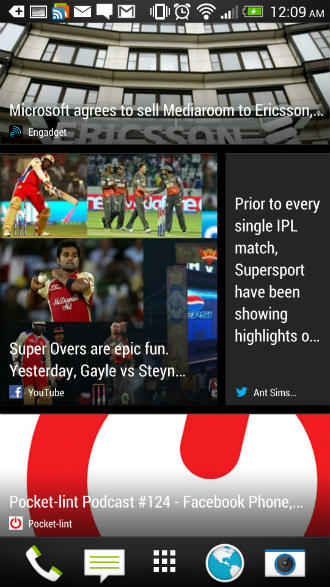
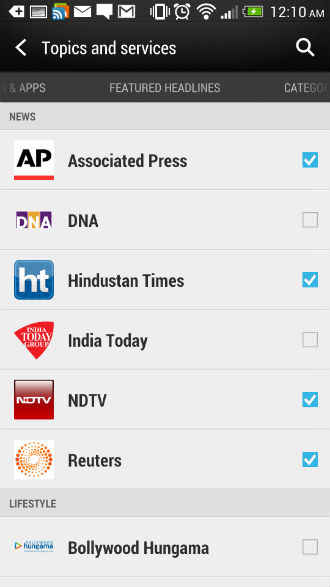
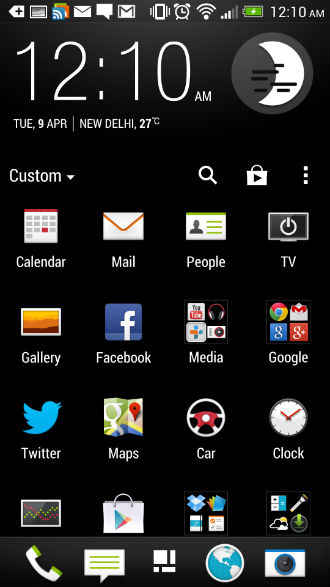
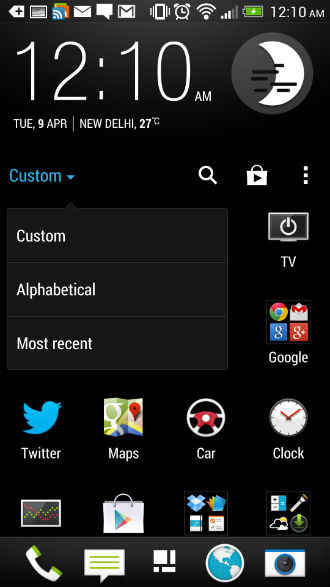
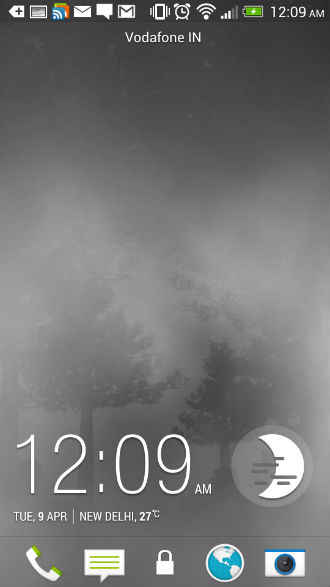
.jpg)

.jpg)
